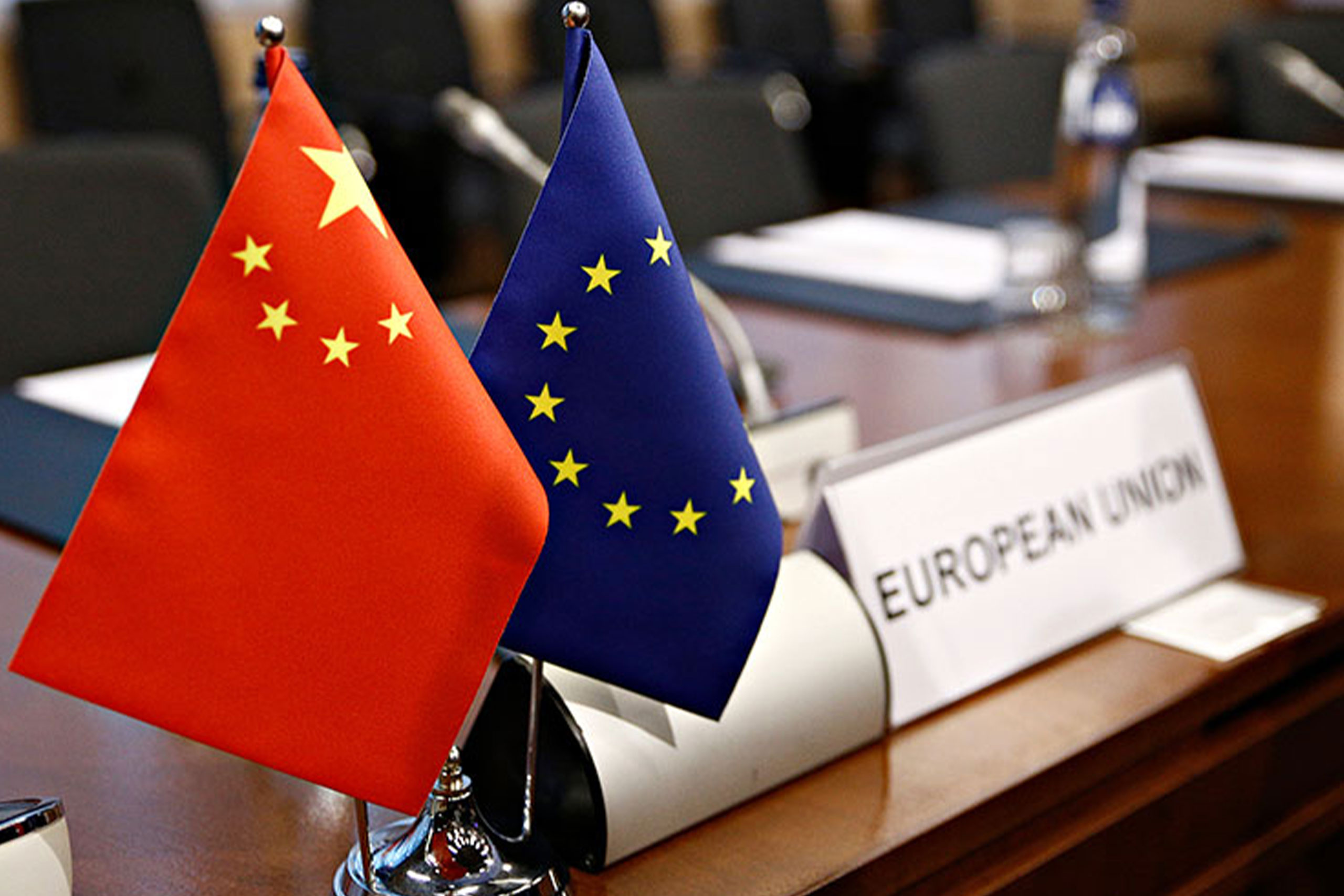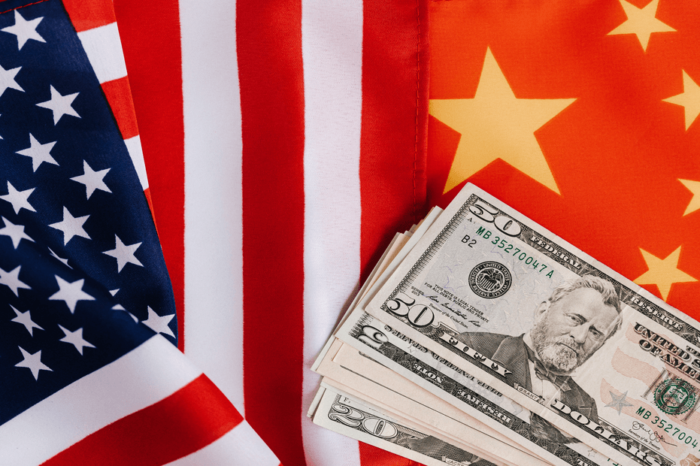
EU-China Comprehensive Agreement on Investment
On 30th December 2020, after seven years of negotiations China’s President Xi Jinping held a long-awaited video conference with European Union leaders including Germany’s Chancellor Angela Merkel and French President Emmanuel Macron concluding a deal, in principle, on the ‘Comprehensive Agreement on Investments’ (“CAI”), arguably the most ambitious agreement that China has ever made with another country or state.
The CAI is intended to incentivise market access as well as protect investment.
The EU and China have concluded negotiations and agree to the essential principles that both parties want reflected in the CAI, the foundation for a strong development of international cooperation, for the increase of bilateral investments which may boost EU economic growth, especially in the post-COVID-19 recovery period.
The document reports that the CAI will focus on the following aspects:
- Domestic regulation
- Level playing field (state-owned enterprises, forced technology transfers, transparency in subsidies)
- Institutional and final provisions
- Transparency in standard setting
- State to state dispute settlement mechanism
- Financial services
- Market access and investment liberalisation
- Sustainable development
The principles mentioned seem to positively respond to the EU requests* upon China, thus paving the way for an unprecedented level of access for EU investors in the Chinese market.
All invested parties appear aligned on key touch points and principles that the agreement will oversee and regulate. This means that China has committed to a greater level of market access for EU investors, ensuring fair treatment for EU companies so they can compete more fairly in China. The CAI highlights China’s obligations in the treatment of state-owned enterprises (SOEs), transparency of subsidies, and rules against the forced transfer of technologies.
Significantly, China has also agreed to ambitious provisions on sustainable development, including commitments to forced labour and the ratification of relevant International Labour Organization (“ILO”) Conventions.
The Strategic Implications of the Deal
What’s in the CAI for the EU?
All EU member states except Ireland have already signed bilateral investment treaties with China. These agreements differ from one another, but they all cover only the post-entry protection of investment concerning initial market access, with investment protection still left to negotiate in future agreements.
The European Commission presented the deal as “the most ambitious agreement that China has ever concluded with a third country.” It binds China’s liberalisation of investments and prevents backsliding on conditions of market access for EU companies. In addition, it provides for the elimination of quantitative restrictions, equity caps, or joint venture requirements in various sectors.
In the health sector, China promised to eliminate joint venture requirements for private hospitals (of particular interest to France). The CAI will also facilitate EU market access in other sectors including R&D (biological resources), telecommunication and computer services and international maritime and air transport. In the automotive sector, they have agreed to remove joint venture requirements and to grant market access for new energy vehicles.
The CAI seeks to improve the playing field for EU companies. To ensure that Chinese state-owned enterprises act in accordance with commercial criteria, establishing an obligation for a company to provide pertinent information necessary for transparency on subsidies in the services sectors.
The agreement also includes references to environmental and labour standards, and to the implementation of the Paris Agreement on climate change.
For China, the EU market is already open to investment with few restrictions. The CAI will improve access to some manufacturing sectors and to the energy sector, including renewables, but will fall short of facilitating investment in nuclear energy.
It will go some way to legitimise their political and trade regimes in the eyes of domestic and international public opinion (despite recent behaviour in Hong Kong, Taiwan and Xinjiang). Finally, and perhaps most important of all, the CAI could pre-empt policy coordination in China between the EU and the USA under the new Biden administration. Such coordination could result in a united front against China and would be more difficult to handle than dealing with each territory separately.
The conclusion – in principle – the CAI negotiations seem to be a turning point in EU-China relations, however this is only the first step; the fine print of the deal has not yet been finalised and the agreement must be adopted and ratified by all the parties involved before any meaningful progress can be made.
references
* https://www.china-briefing.com/news/what-eu-investors-seek-from-china-market-access-transparency-level-playing-field/
https://trade.ec.europa.eu/doclib/docs/2020/december/tradoc_159242.pdf




